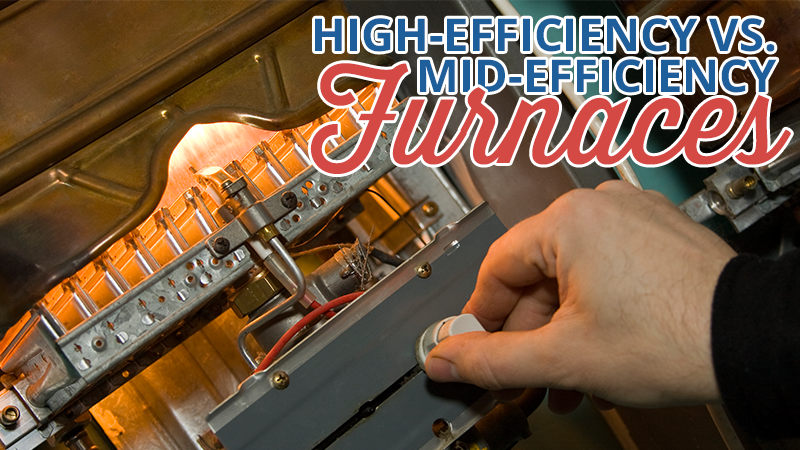For many homeowners, the heating bill is one of the most expensive utilities they pay. Heating costs can take up to 35 percent of a family’s annual utility bill. With fuel and energy prices so volatile, many families have decided to invest their remodeling dollars into high-efficiency heating systems that are advertised as a great way to save both fuel and money.
Before making this investment, however, it’s important to understand what you’re actually getting for your money. In some cases, these systems cost hundreds or thousands of dollars more than “traditional” or mid-efficiency heating systems. That has caused many consumers to wonder if they’re really getting a good return on their investment.
There are actually two ways to measure the efficiency of a heating system. Understanding how these measurement systems work will help you to determine the best heating system for your home and family.
Steady-State Efficiency
One of the most common methods of determining the actual efficiency of a heating system is to look at its steady-state efficiency. Steady-state efficiency is a measure of the usable heat created by a heating system.
In order to create heat, all furnaces burn fuel. As long as that fuel is the same from furnace to furnace, it’s going to produce nearly identical levels of heat. How that heat is pumped through the house and how much of it is lost to the surrounding environment, however, can determine its steady-state efficiency.
When computing this figure, a lot more than just the ductwork in the house comes into account. Furnaces that need to turn on and off more often tend to be less efficient than those that stay on for longer periods as starting and stopping creates a lot of wasted heat.
Seasonal Efficiency
Seasonal efficiency is a measure that takes all of the off-cycle losses into account. This includes loss of fuel due to the pilot light and other factors.
High-efficiency and mid-efficiency heaters do several things to cut down on this type of heat loss. To start, many of them do not run a pilot light continuously. High-efficiency furnaces, however, will employ more than one heat exchanger to capture the heat that is wasted when the furnace turns off. These heat exchangers also extract more heat from the burning fuel, allowing more heat to be supplied to the house from the same amount of fuel.
Using this method of measurement, mid-efficiency heaters tend to be ranked around 80 percent efficient, while a high-efficiency furnace is up to 95 percent efficient. The extra heat exchangers can cost a homeowner up to $1500 more, but these heaters can save between $350 and $650 per year in fuel.
Call Metro Comfort Systems today to learn more and find out if a high-efficiency system is the right choice for your home.


Recent Comments